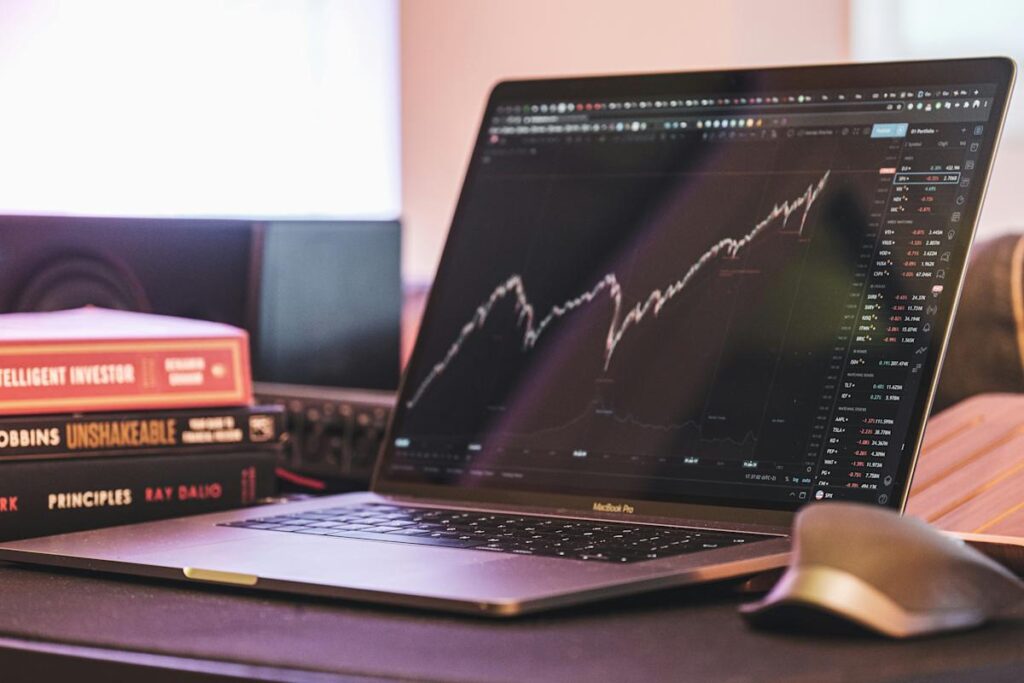After U.S. President Donald Trump’s reelection in November, optimism surged among crypto companies eyeing the public markets. Trump floated big promises: clearer rules for the industry and ambitions to make America the crypto capital of the world.
For a moment, it looked like the floodgates might open. IPO pipelines buzzed with activity. Founders dreamed of ringing the opening bell. But beneath the surface, storm clouds were gathering. A bull market is the lifeblood of successful listings, and few foresaw just how rocky the road ahead would become.
Circle didn’t wait for perfect conditions. After years of false starts and regulatory hangups, the stablecoin issuer finally filed its S-1 with the U.S. Securities and Exchange Commission (SEC) on Tuesday, taking a long-delayed step toward becoming a publicly traded company.
The filing landed with a mix of energy and doubt. Some in the industry saw it as a bullish signal—another crypto heavyweight inching closer to the public markets. Others questioned the timing. Markets remain shaky, and Circle’s path to a successful debut is far from guaranteed.
“I believe Circle will be able to price their IPO and raise capital, however it isn’t going to be easy,” said David Pakman, managing partner and head of venture investments at CoinFund. “Generally, companies going public would like to debut during strong equity markets.”
Equities have been in a free fall since Trump announced so-called reciprocal tariffs on about 90 U.S. trade partners, including China and the European Union, deepening fears of a global recession. Both the S&P 500 and the Nasdaq have dipped 11% and 17% year-to-date, respectively, marking one of the worst quarters in recent years.
As a result, cloud computing firm CloudWeave, which went public last month, saw a disappointing debut, even though the stock rebounded on the second day of trading as investor demand for artificial intelligence companies appears to be stronger than short-term anxiety in markets. Payments app Klarna said it paused its IPO plan earlier today.
But Circle doesn’t just face broader market jitters as a potential threat to its IPO. Analysts have pointed out the company’s financials, which could make it difficult to attract investors.
“While I personally have tremendous respect and appreciation for Circle and their leadership, their financials show the challenges they have faced with growth and the high cost of their distribution partnerships,” Pakman, who noted that he still believes long-term value of the company, said.
Circle’s IPO filing revealed shrinking gross margins and high spending, which comes at a time when clearer stablecoin regulation could bring increased competition to the market.
Story Continues


